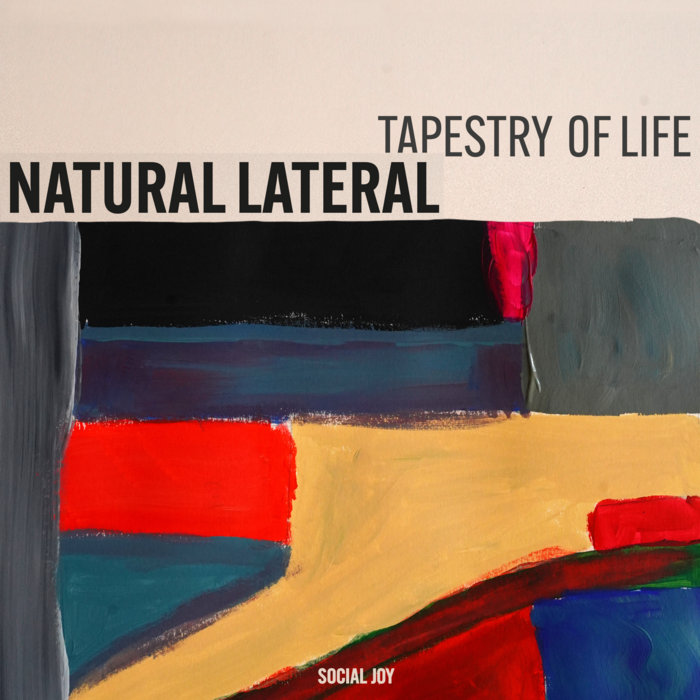
Rendez-rio – Natural Lateral
this blog is GROOVY – check out great Soul, Funk, Jazz, Hip Hop, Bass, Breaks , Reggae, House n many more TUNES
Ah, fusion jazz! A genre that lives at the intersection of improvisation and experimentation, where everything grooves together like a well-oiled machine. If you’ve ever found yourself bobbing your head to a trumpet riff while simultaneously tapping your feet to some funky bass lines, you’ve probably stumbled into the vibrant world of fusion jazz.
Fusion jazz didn’t just pop out of nowhere; it was born from the wild creative spirit of the 1960s and 70s. Musicians were tired of sticking to strict genre boundaries — they wanted to mix things up! Rock ‘n’ roll, funk, soul, world music… throw it all in a blender with some killer improvisation and voilà: fusion jazz!
The term “fusion” first started cropping up around the late 60s when artists like Miles Davis took us on a cosmic trip with his album Bitches Brew (1970). It’s said that this project was so groundbreaking that even people at Columbia Records didn’t know how to market it. Picture them scratching their heads saying, “Is this jazz? Is this rock? Should we put it in both sections?” Talk about an identity crisis!
Around the same time, bands like Weather Report and Return to Forever were strumming up magic too. They brought electric instruments into play and infused elements from different musical traditions. Chick Corea’s synth wizardry with Return to Forever made everyone dance as if they had ants in their pants!
Fusion jazz is like an open playground for musicians looking for sonic adventures. This is where creativity runs wild — think experimental sounds mixed with tight grooves. You never know what you’re gonna get! One minute you’re floating on ethereal keyboard melodies; the next minute someone slaps down a thunderous bassline that’ll make your heart skip.
This free-spirited vibe means that quirky tales abound in the world of fusion musicianship.
Miles Davis Didn’t Always Need Notes: Legend has it that during recording sessions for Bitches Brew, Miles Davis would sometimes refuse to show up until he felt inspired enough (or simply hungry!). He’d stroll in late munching on snacks while other musicians waited around twiddling their thumbs — talk about setting your own schedule!
Chick Corea’s Cosmic Instrument: Chick once tried out an unusual instrument called a “piano.” Just kidding! But seriously, he often experimented by playing traditional acoustic pianos alongside strange electronic devices which just left everyone thinking: “Wait…what song are we even playing?”
Herbie Hancock – The Tech Whisperer: Ever heard Herbie Hancock’s hit “Rockit”? Well believe it or not, Herbie performed one legendary gig using nothing but synthesizers controlled by robots—well almost! It was his way of saying “Hey folks! Technology can jam too!”
John McLaughlin’s Space Jam Sessions: Guitarist John McLaughlin once played jam sessions under UFO sightings claiming he could tap into intergalactic frequencies through his guitar strings—he might have been onto something cosmic or maybe just hitting those high notes pretty hard!
Electric Miles’ Sock Dilemma: Once during concerts at clubs in New York City back in ’69, Miles infamously lost track of his socks backstage—he joked later that half his band wore mismatched socks as part of ‘the look’. Hey man – whatever keeps you groovin’!
Weather Report’s Name Origin: Did you know Weather Report picked their name because they thought being named after meteorology sounded super cool? They figured if anyone asked who showed up tonight they’d reply confidently – “Just another weather report.”
As we moved into the 80s and beyond, new faces began shaping fusion further—guys like Pat Metheny brought complex arrangements blended seamlessly with accessible melodies while still keeping groove central.
In fact today we see endless sub-genres branching off from traditional roots blending genres such as hip-hop beats layered under smooth saxophone solos—yes please!! From Elektro-fusion vibes emerging now onto mainstream stages everywhere thanks largely due collaborations across varied artists making fresh waves nonstop!!
So here we are jiving through history; rising above tastes set solely within specific boxes—it appears anything goes when juggling creativity inside spicy pots filled flavors cultivated over decades past every musician bringing unique slices inspiring moments blending beautifully along side each other without barriers holding back totally blissed-out tunes comprising fabulousness incarnate!!
Let’s raise our glasses (or should I say musical instruments?) celebrating our beloved Fusion Jazz—the unsung hero bridging worlds filled luscious rhythms shining brighter than disco balls dancing through space & time—a true testament individuality shines within every note carried onward written lifetime stories shared between those daring enough jump aboard exploration powered unrestrained joy resulting forth spark unimaginable possibilities…now go remix life too💃🤟!!!

Rendez-rio – Natural Lateral
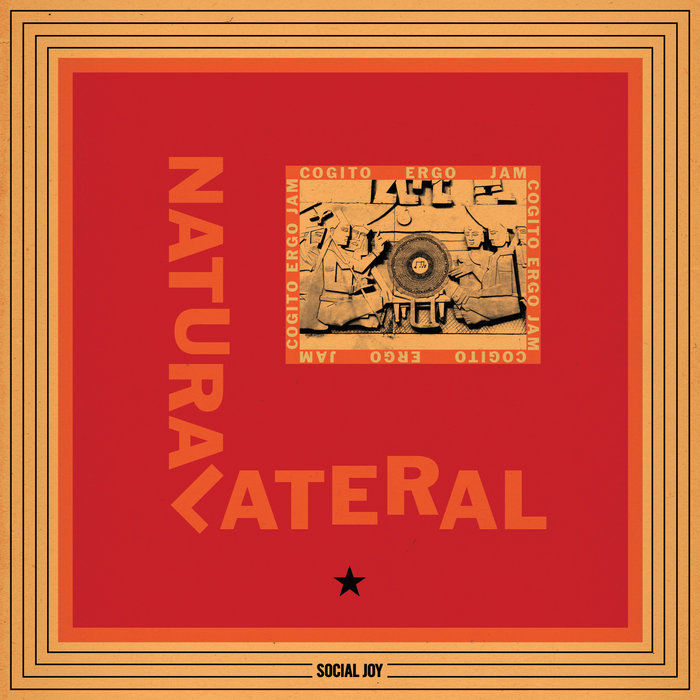
A3. Days with Amber – Natural Lateral
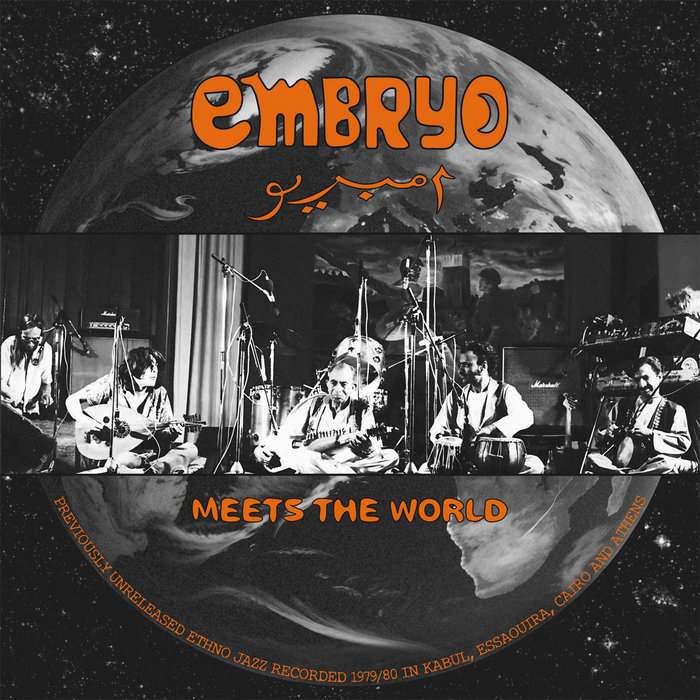
Eritrean Strut – Embryo

Boba Tea feat. BetejayMadeIt – Kramer
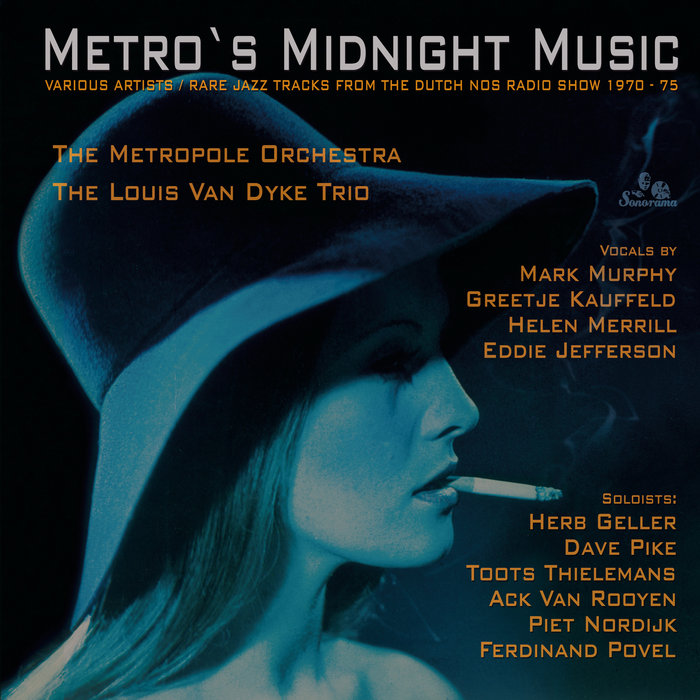
Children Of The Sun – Dave Pike & Louis Van Dyke Trio

Fuego – Lauren Henderson
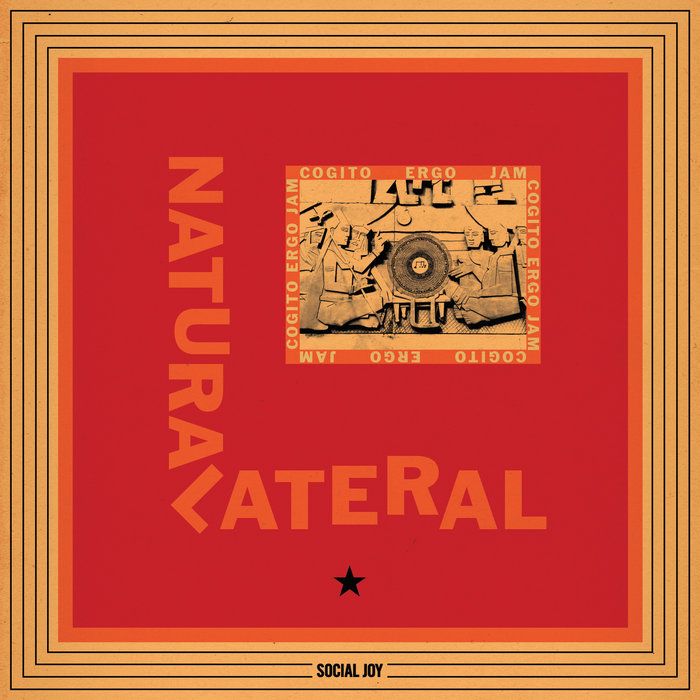
A2. 46 to Foulden – Natural Lateral
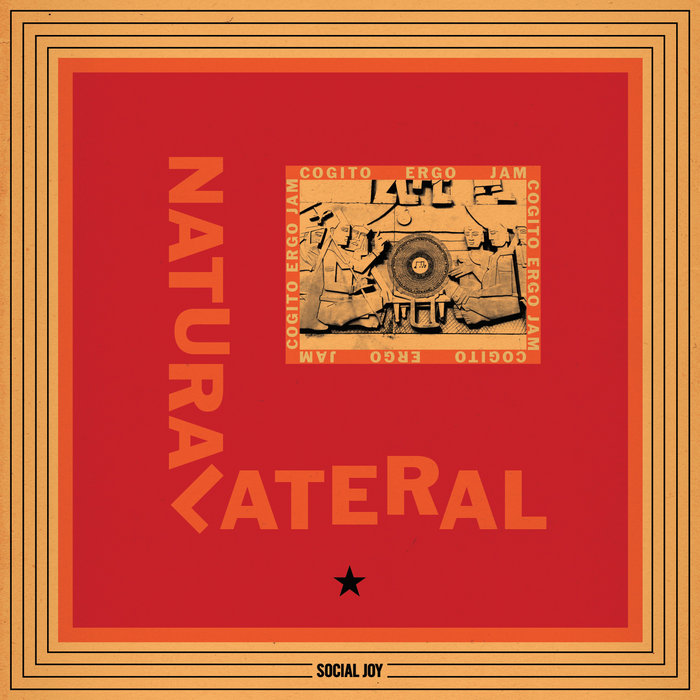
A1. Bossa Blue – Natural Lateral
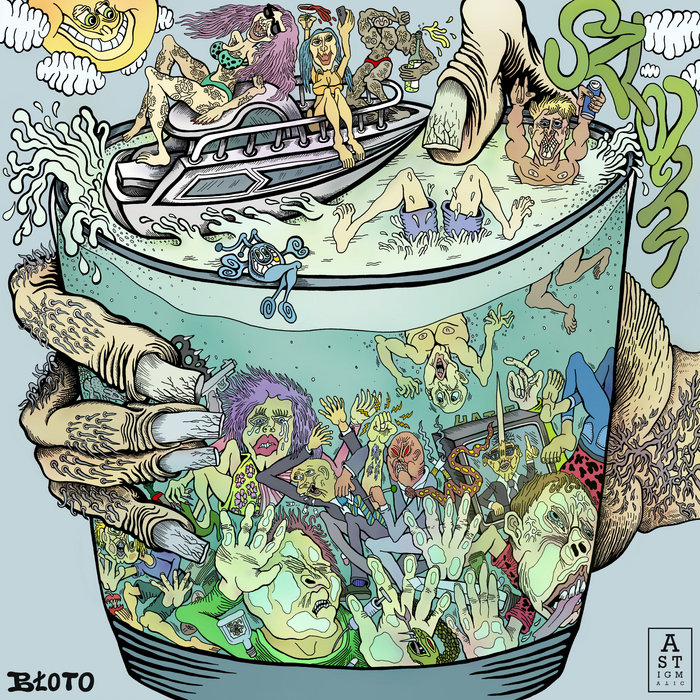
Szlam – Błoto
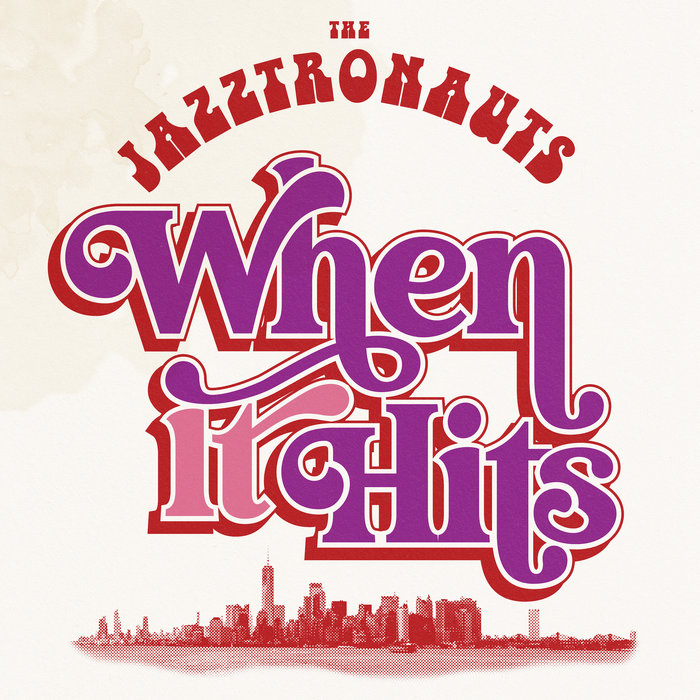
When It Hits – Single – The Jazztronauts